A student performs an experiment on photoelectric effect using two materials A and B. A plot of Vstop vs ν is given in Fig. 11.2. i Which material A or B has a higher work function? ii Given the electric charge of an electron = 1.6 × 10–19 C find the value of h obtained from the experiment for both A and B. Comment on whether it is consistent with Einstein’s theory:
i Stopping potential = 0 at a higher frequency for B. Hence it has a higher work function.Since h works out differently experiment is not consistent with the theory.
Related Solutions
A student performs an experiment on photoelectric effect, using two materials A and B. A plot of V_(stop) vs nu is given in fig. (i) Which material A or B has a higher work function? (ii) Given the electric charge of an electron =1.6xx10^(-19)C , find the value of h obtained from the experiment for both A and B. Comment on whether it is consistent with Einstein's theory.
View SolutionA student performs an experiment on photoelectric effect, using two materials A and B. A plot of is given in fig.
(i) Which material A or B has a higher work function?
(ii) Given the electric charge of an electron , find the value of h obtained from the experiment for both A and B. Comment on whether it is consistant with Eistein's theory.
 View Solution
View Solution
A student performs an experiment on photoelectric effect,using two materials A and B.A plot v is given in figure.
(i)Which material A or B has a higher work function?
(ii)Given the electric charge of an electronC,find the value of the h obtained from the experiment for both A and B.Comment on whether it is consistent with Einstein's theory:View SolutionA student performs an experiment on photoelectric effect using two materials A and B. A plot of stopping potential vs freqency (v) is as shown in the figure.

The value of h obtained from the experiment for both A and B respectively is
(Given electric charge of an electronView SolutionA student performs an experiment on photoelectric effect using two materials A and B. A plot of stopping potential (V_(0)) vs freqency (v) is as shown in the figure. The value of obtained from the experiment for both A and B respectively is (Given electric charge of an electron =1.6xx10^(-19)C)
View Solutionकोई विद्यार्थी दो पदार्थ A एवं B लेकर प्रकाश विद्युत प्रभाव संबंधी प्रयोग करता है।
था v का ग्राफ चित्र 11.2 में दर्शाया गया है।
(i) A एवं B में किस पदार्थ का कार्यफलन अधिक है?
(ii) इलेक्ट्रॉन का विद्युत आवेश कर प्रयोग से प्राप्त आंकड़ों के आधार पर A एवं B दोनों के लिए h का मान ज्ञात कीजिए।
टिप्पणी कीजिए कि क्या यह आइन्सटाइन के सिद्धान्त के अनुरूप है।
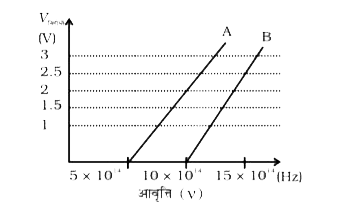 View Solution
View Solutionएक विद्यार्थी दो पदार्थो A एवं B का प्रयोग करके प्रकाशविद्युत प्रभाव पर एक संपन्न करता है। एक निरोधी विभव एवं आवृत्ति (v) के आरेख को चित्र में दर्शाया गया है।
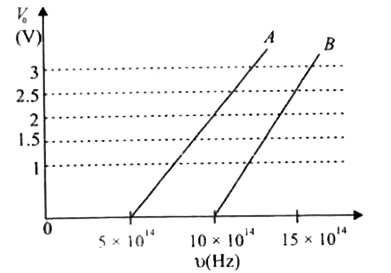
क्रमशः A एवं B दोनों के लिए प्रयोग से प्राप्त h का मान होगा ( दिया है , इलेक्ट्रॉन का विद्युत आवेश )View SolutionFigure is the plot of the stopping potential versus the frequency of the light used in an experiment on photoelectric effect. Find (a) the ratio h/e and (b) the work function.
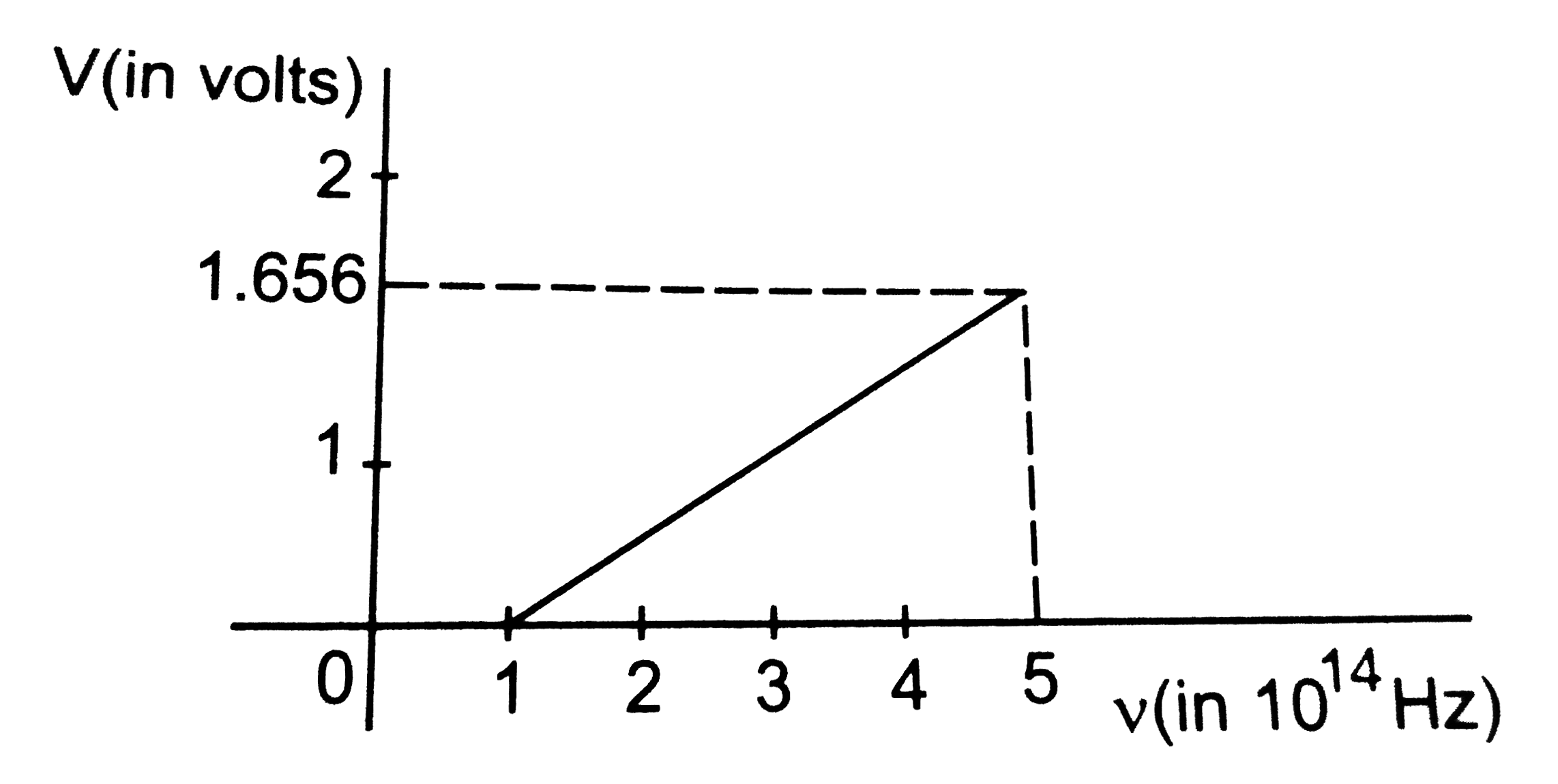 View Solution
View SolutionFigure is the plot of the stopping potential versus the frequency of the light used in an experiment on photoelectric effect. Find (a) the ratio h/e and (b) the work function.
 View Solution
View SolutionFigure is the plot of the stopping potential versus the frequency of the light used in an experiment on photoelectric effect. Find (a) the ratio h/e and (b) the work function.
 View Solution
View SolutionIn an experiment on photoelectric effect the frequency fof the incident light is plotted against the slopping potential . The work function of the photoelectric surface is given by (e is electronic charge)
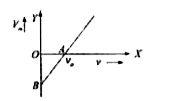 View Solution
View SolutionObservations from an experiment on photoelectric effect for the stopping potential by varying the incident frequency were plotted. The slope of the linear curve was found to be approximately . Given that the charge of an electron is , find the value of the Planck's constant h.
View SolutionIn an experiment on photoelectric effect the frequency f of the incident light is plotted against the stopping potential V_(0) . The work function of the metal is given by ( e is the electronic charge)
View SolutionObservations from an experiment on photoelectric effect for the stopping potential by varying the incident frequency were plotted. The slope of the linear curve was found to be approximately . Given that the charge of an electron is , find the value of the Planck's constant h.
View SolutionObservations from an experiment on photoelectric effect for the stopping potential by varying the incident frequency were plotted.The slope of the linear curve was found to be approximately . Given that the charge of an electron is , find the value of the Planck's constant h .
View SolutionThe temperature vs time graph for two materials A and B has been plotted when the energy is given to both at the same rate. Initially both the materials are in solid state (below their melting point )
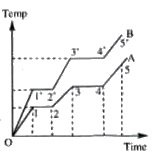 View Solution
View Solutionप्रकाश - विघुत प्रभाव के किसी प्रयोग में, किसी प्रकाश - संवेदी पदार्थ के लिए आपतित विकिरण की आवृत्ति के साथ निरोधी विभव का परिवर्तन दर्शाया है
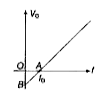
पदार्थ के कार्य - फलन का मान होगाView SolutionIn an experiment on photoelectric effect the frequency fof the incident light is plotted against the slopping potential V_(0). The work function of the photoelectric surface is given by (e is electronic charge)
View SolutionIn an experiment on photoelectric effect the frequency of the incident light is plotted against the stopping potential . The work function of the photoelectric surface is given by ( e is the electronic charge)
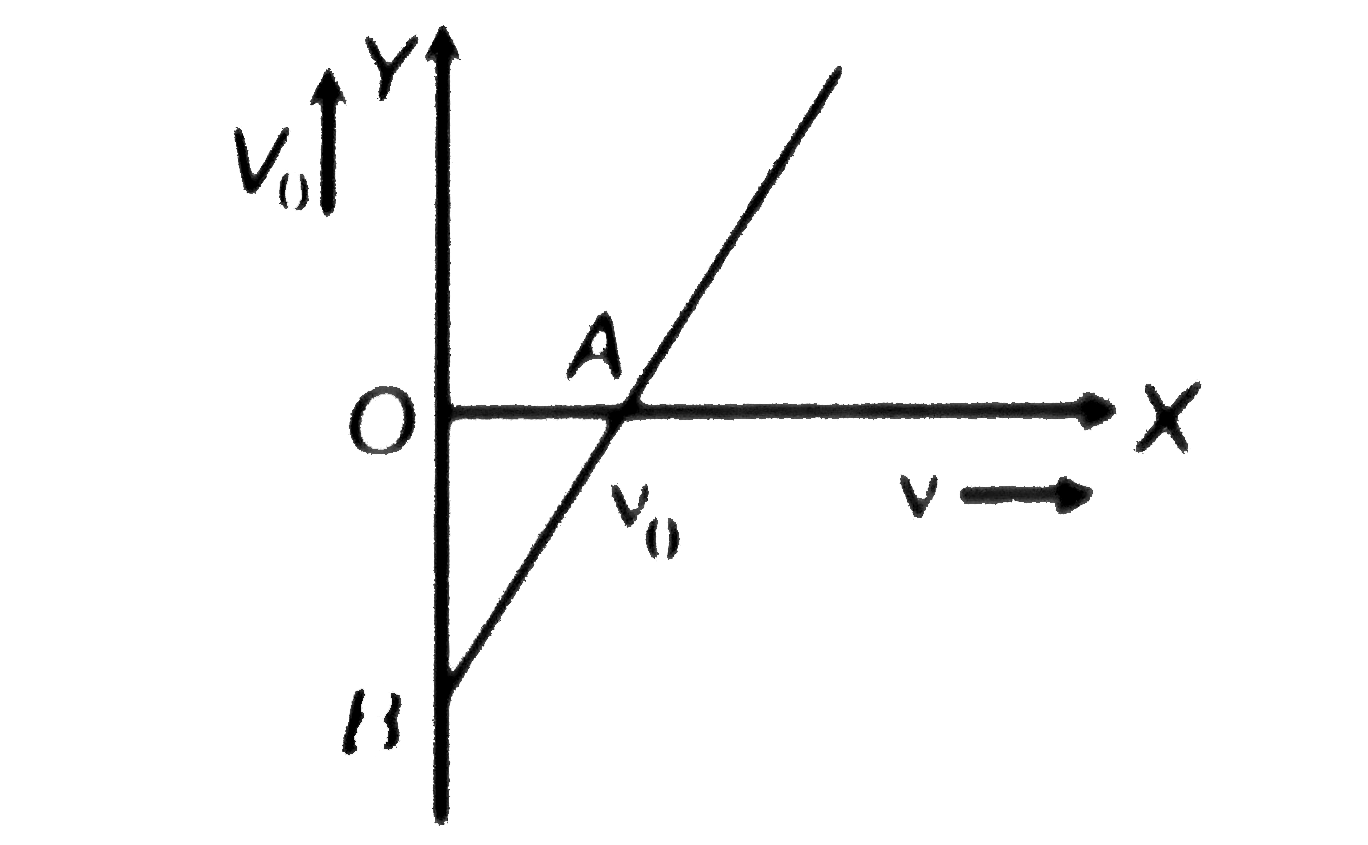 View Solution
View SolutionIn a photoelectric experiment, two metal pairs plates A and B are used for a given light intensity I and frequency f. work function of metal B is more than that of A. The correct variation of stopping potential difference versus frequency is given by:
View Solution
